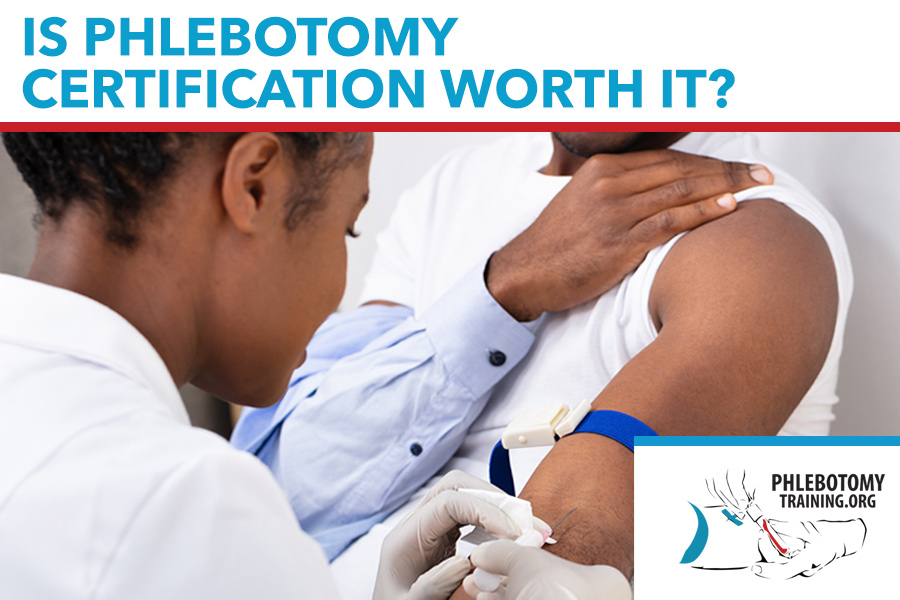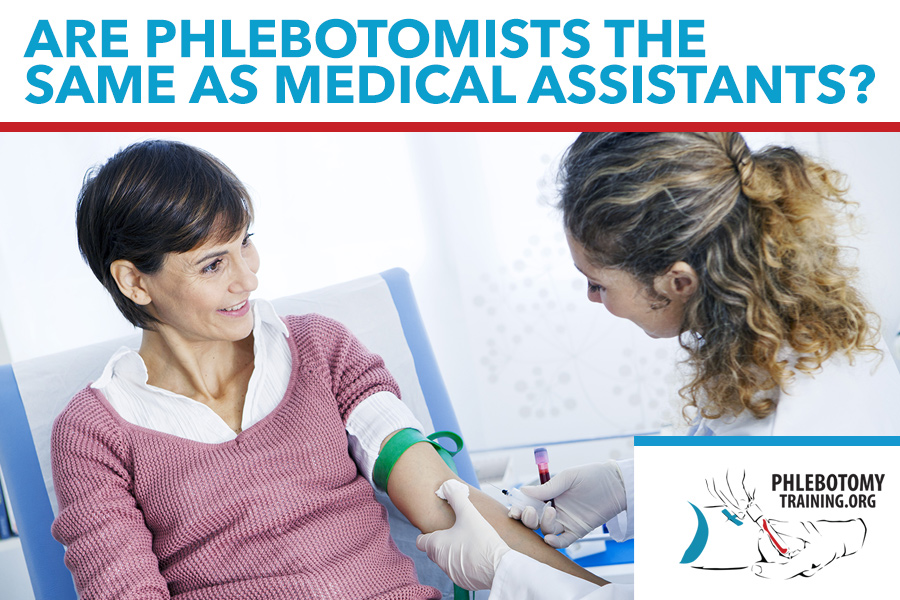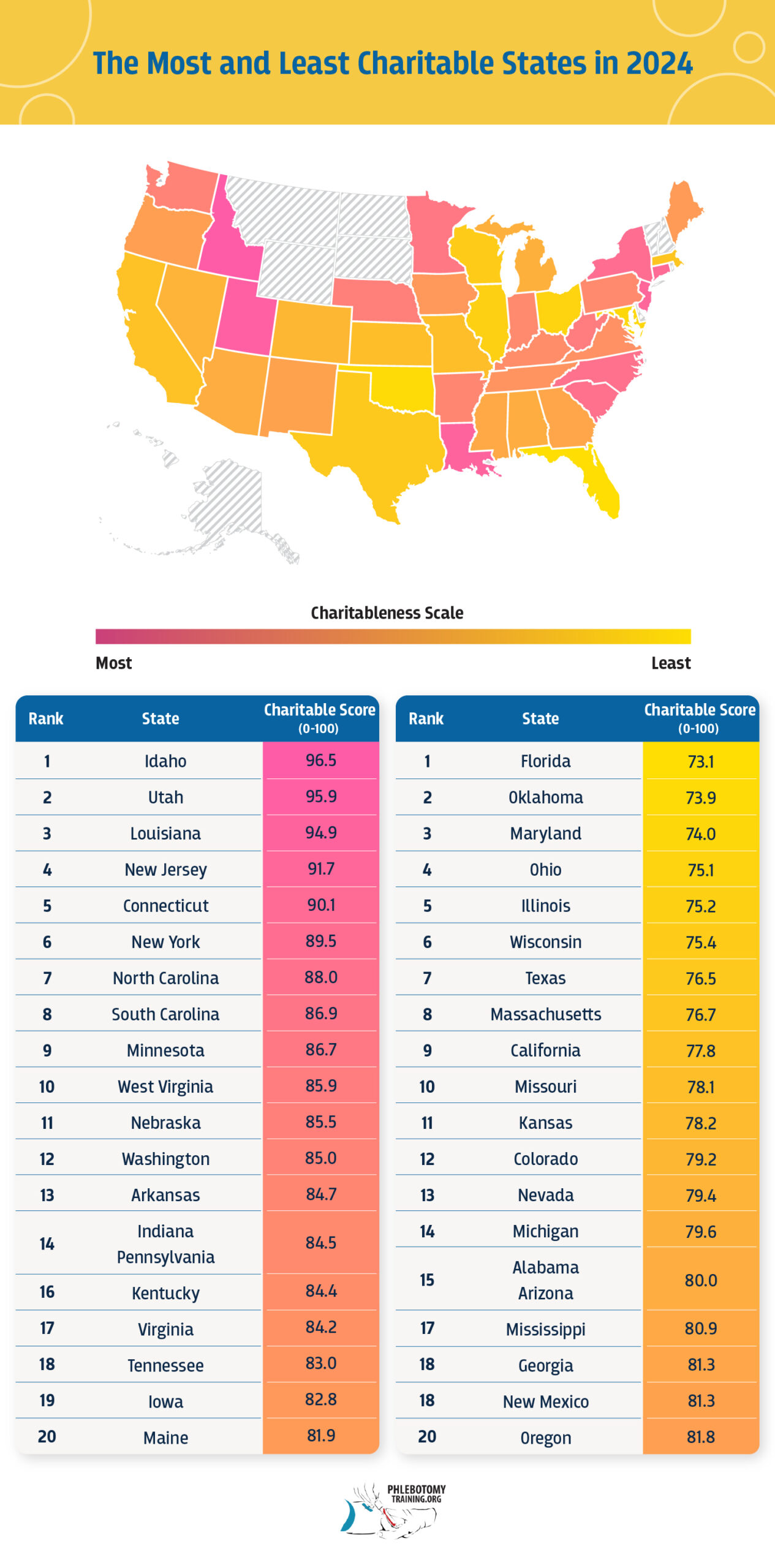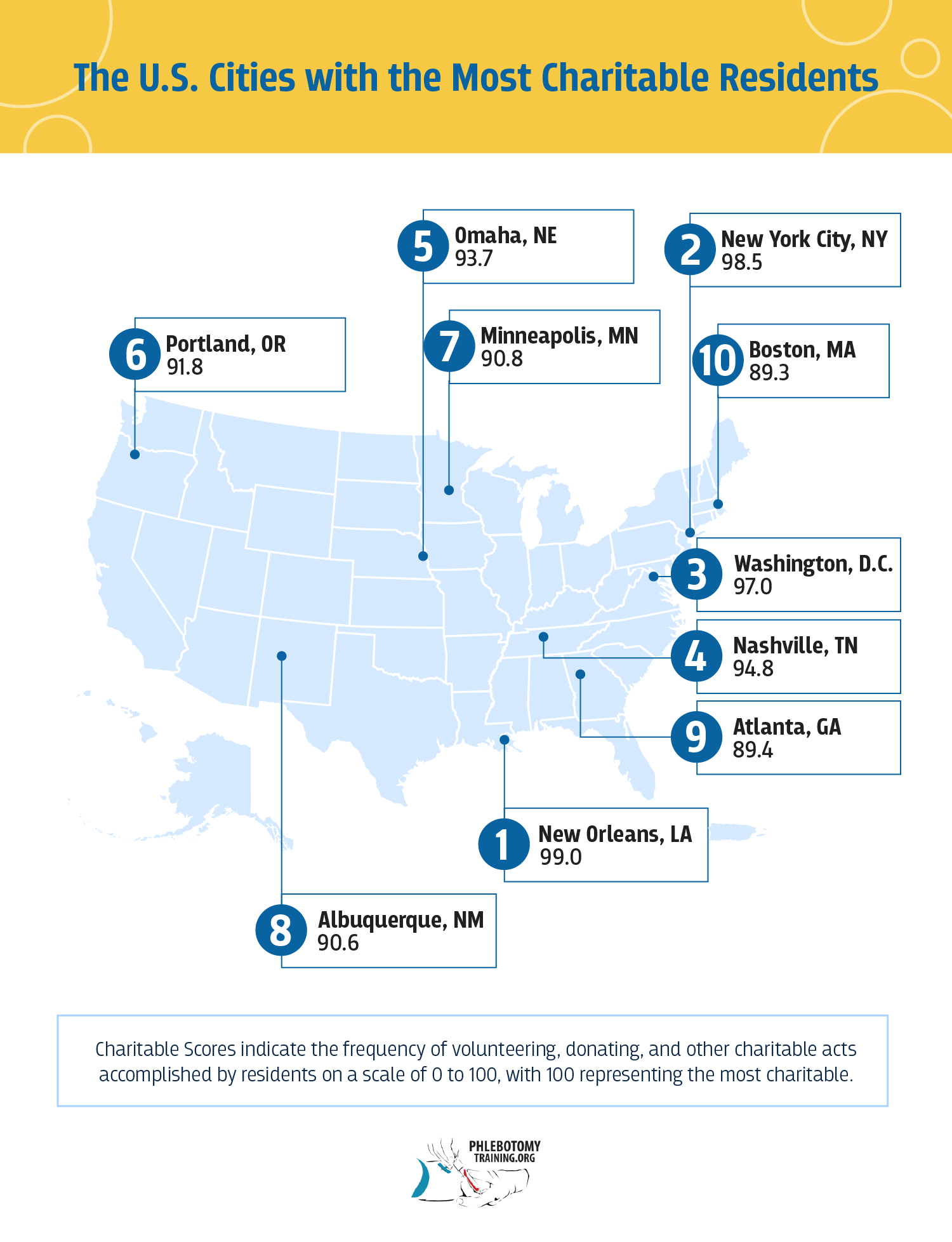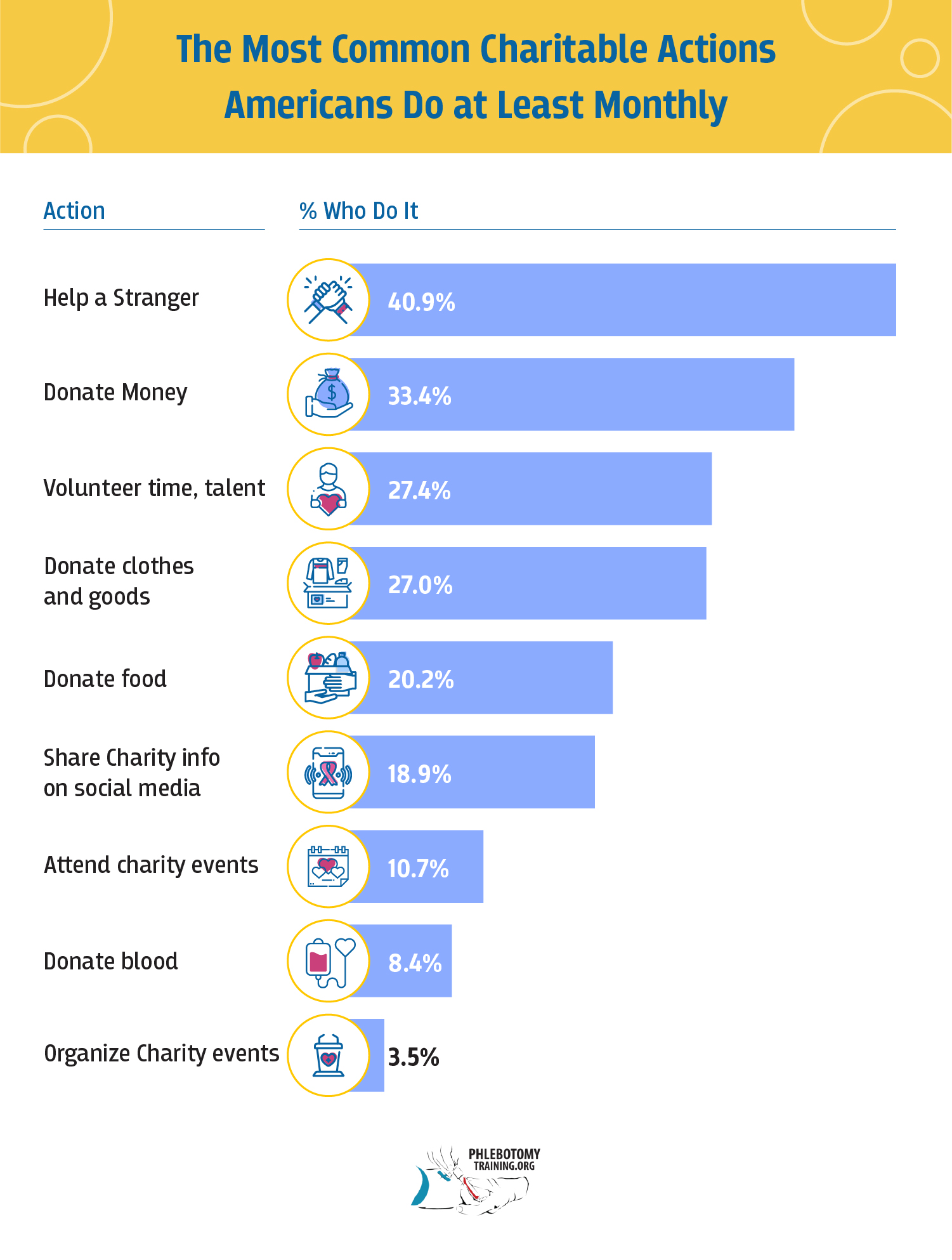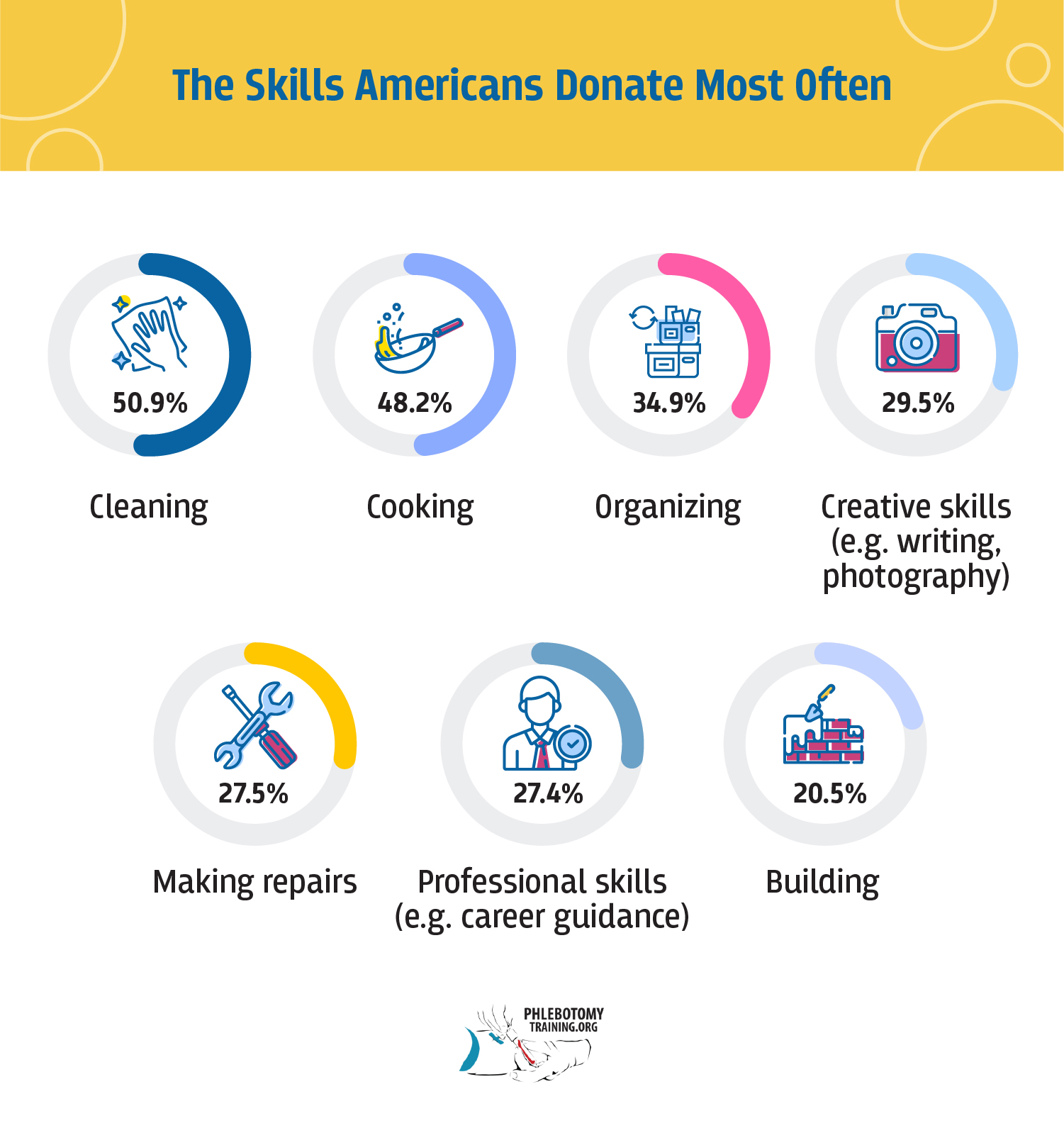Phlebotomy, the practice of drawing blood for medical testing or donation, is a crucial component of the healthcare system. As the demand for skilled phlebotomists continues to rise, individuals considering a career in this field often find themselves contemplating the value of obtaining a phlebotomy certification. Below, we will examine the advantages and disadvantages of pursuing phlebotomy certification, enabling aspiring healthcare professionals to make informed decisions about their career paths.
Learn more about how to become a phlebotomy technician.
The Basics of Phlebotomy Certification
Phlebotomy certification is not a mandatory requirement for practicing phlebotomy in all regions. However, obtaining certification can significantly enhance one’s professional credentials and open up more opportunities in the field. Certification is typically offered by various organizations, such as the National Phlebotomy Association (NPA), the American Society for Clinical Pathology (ASCP), and the National Healthcareer Association (NHA). These certifications often involve a combination of classroom education, hands-on training, and a certification exam.
Benefits of Phlebotomy Certification
- Enhanced Job Opportunities: Employers often prefer or require phlebotomists who are certified. Having a recognized certification can set job seekers apart from others and make them more appealing candidates to potential employers. Hospitals, clinics, and diagnostic laboratories may prioritize hiring certified phlebotomists to ensure quality and competence in blood collection procedures.
- Professional Credibility: Phlebotomy certification is a testament to an individual’s commitment to their profession. It demonstrates a certain level of knowledge and skill, which can enhance the phlebotomist’s credibility among colleagues and patients. Certification can be seen as a mark of professionalism and dedication to maintaining high standards in healthcare.
- Career Advancement: Certified phlebotomists may have better prospects for career advancement. With certification, individuals may be eligible for more specialized roles within the healthcare system, such as senior phlebotomist positions, teaching roles, or supervisory positions. Some healthcare organizations may require certification for promotions to higher-level positions.
- Patient Confidence: Patients often feel more confident and comfortable with a certified phlebotomist. Knowing that the healthcare professional has undergone specific training and successfully passed a certification exam can alleviate patient concerns and build trust. This is especially crucial in situations where patients may be anxious about blood draws or medical procedures.
Drawbacks and Considerations
- Cost and Time Investment: Pursuing phlebotomy certification involves a financial investment in tuition, exam fees, and study materials. Additionally, the time commitment required for training and preparation can be a deterrent for individuals seeking quick entry into the workforce. It’s essential for aspiring phlebotomists to weigh the costs against the potential benefits.
- Regional Variations in Requirements: Certification requirements may vary by region, and not all employers may prioritize certification equally. In some areas, practical experience and on-the-job training may be valued more than certification. Prospective phlebotomists should research the preferences and requirements of employers in their specific location.
- Continuing Education: Some certifications require ongoing education and periodic renewal. Phlebotomists must stay updated on industry standards, techniques, and best practices. While this commitment to continuing education ensures that certified professionals maintain their skills, it also adds an ongoing responsibility.
Is It Worth It to Become a Certified Phlebotomist?
The decision to pursue phlebotomy certification is a personal one that depends on various factors, including career goals, financial considerations, and regional preferences. While certification can undoubtedly enhance job prospects and professional credibility, individuals should carefully evaluate whether the investment of time and money aligns with their specific career aspirations.
Ultimately, the healthcare industry values skilled and competent phlebotomists, whether certified or not. It is crucial for aspiring phlebotomists to conduct thorough research, assess their individual circumstances, and make an informed decision that aligns with their career goals and the expectations of potential employers in their chosen region.
Certified vs Non-Certified Phlebotomy Technicians
Complete comparison of career prospects, requirements, and opportunities
Bottom Line
Certification is strongly recommended for anyone serious about a phlebotomy career. While initial training requires time and investment, certified phlebotomists enjoy significantly better job prospects, higher salaries, greater job security, and clear advancement pathways. Most employers prefer or require certification, making it essential for long-term career success in phlebotomy.
